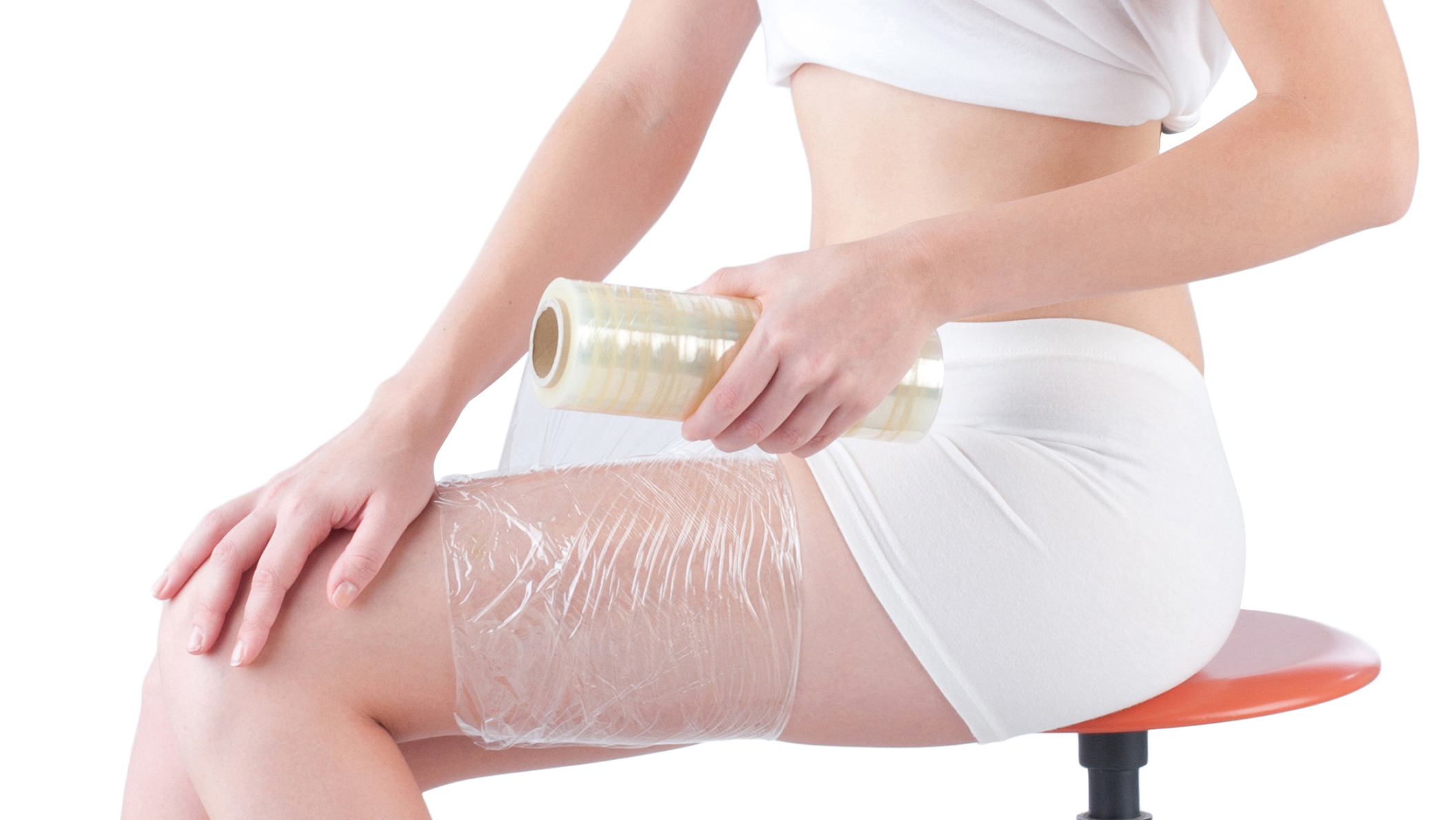Cryolipolysis vs. Thermolipolysis: Differences and Applications in Aesthetic Treatments
In the world of aesthetics, techniques for reducing localized fat, cellulite, stretch marks, and sagging have evolved significantly. Two popular approaches in this regard are cryolipolysis and thermolipolysis. These treatments are based on the controlled application of cold and heat, respectively. In this article, we will explore the key differences between these techniques and their specific applications in the field of aesthetics.
Cryolipolysis: Freezing Fat for Body Sculpting:
Cryolipolysis or cryotherapy is a non-invasive procedure that aims to reduce localized fat by exposing fat cells to cold temperatures. Cryotherapy involves the controlled application of extreme cold to the body to achieve various benefits. Aesthetically, it is used to reduce localized fat, improve circulation, reduce inflammation, and promote skin firmness.
During cryolipolysis or cryotherapy, fat cells are exposed to cold and heat is extracted from the cells, causing crystallization and eventual destruction. The body then gradually eliminates the damaged fat cells through the lymphatic and metabolic systems.
Mechanism of Action: Cryolipolysis or cryotherapy uses controlled cooling to freeze and damage fat cells, which are then gradually eliminated by the lymphatic system.
Aesthetic Indications: Cryolipolysis is effective for reducing localized fat in specific areas such as the abdomen, flanks, thighs, and arms.
Skin Effects: Besides fat reduction, cryolipolysis or cryotherapy may have a positive effect on skin tightening.
Thermolipolysis: Applying Heat for Body Transformation:
Thermolipolysis or thermotherapy, on the other hand, uses heat to achieve similar results in fat reduction and skin improvement.
Thermotherapy is a procedure that uses heat to break down and eliminate fat cells. Heat is applied through different methods, with the aim of increasing the temperature in the subdermal and dermal layers, leading to fat cell breakdown and stimulation of collagen production.
Mechanism of Action: Thermolipolysis employs heat to stimulate fat cell metabolism and improve blood circulation.
Aesthetic Indications: Thermolipolysis or thermotherapy is versatile and can be used to treat localized fat, cellulite, stretch marks, and sagging.
Collagen Stimulation: Thermolipolysis can help improve skin appearance by stimulating collagen and elastin production.
Applications in Aesthetics:
Localized Fat: Cryolipolysis is ideal for areas of localized fat, while thermolipolysis is effective in reducing fat and enhancing appearance in various areas.
Cellulite and Stretch Marks: Thermolipolysis is more versatile in treating cellulite and stretch marks due to its ability to stimulate collagen and improve skin texture.
Sagging: Both approaches can address sagging, but thermolipolysis can be particularly beneficial due to its ability to enhance skin elasticity. Cryotherapy can tone the skin due to its tightening effect.
Both cryolipolysis and thermolipolysis have their own advantages and applications in the field of aesthetics. The choice between these techniques will depend on the specific needs and goals of each client. As a professional aesthetician, understanding the differences and applications of these techniques will allow you to provide more effective and personalized treatments to your clients.
Click Here for See Our Cryotherapy and Thermolipolysis Products




